Why Buying Gold is a Smart Investment
Gold has been a symbol of wealth and security for centuries. It’s a timeless asset that retains its value even in economic uncertainty. When you buy gold, you’re investing in a hedge against inflation, currency devaluation, and market volatility. Its universal acceptance and liquidity make it a cornerstone of a diversified portfolio.
What Are the Different Ways to Buy Gold?
There are several options available when it comes to buying gold:
Physical Gold: Includes coins, bars, and jewelry. These are tangible assets you can store and hold.
Gold ETFs: Exchange-traded funds backed by gold. These are convenient for investors who don’t want to store physical gold.
Gold Stocks: Shares in gold mining companies. These offer exposure to gold prices without owning the metal directly.
Digital Gold: Allows you to buy and hold gold in a digital format, often backed by physical reserves.
Who Should Buy Gold?
Gold is suitable for a wide range of investors:
Beginners: Gold is a stable starting point for new investors.
Seasoned Investors: Diversifying with gold adds stability to a portfolio.
Retirees: Gold offers a safe haven to preserve wealth in retirement.
Where Can You Buy Gold Safely?
To ensure a safe transaction, always purchase gold from trusted sources. Options include:
Authorized Dealers: Certified sellers with a history of reliability.
Online Platforms: Reputable websites offering certified gold with insured delivery.
Banks: Some banks offer gold coins and bars.
Gold Exchanges: For larger investments, dedicated gold exchanges provide competitive prices.
When is the Best Time to Buy Gold?
Gold prices are influenced by market trends, geopolitical events, and economic conditions. The best time to buy is typically during price dips or periods of stability. Monitoring gold price charts and consulting financial advisors can help you determine the right moment.
How to Buy Gold Online Securely
Online platforms have made buying gold easier and more accessible. Here’s how you can ensure a secure purchase:
- Research the platform’s credibility and reviews.
- Check for certifications and guarantees of authenticity.
- Opt for platforms offering insured shipping.
- Confirm the purity and weight of the gold before buying.
Benefits of Buying Physical Gold
Tangible Asset: You own a physical item that you can store and use as you see fit.
No Counterparty Risk: Physical gold isn’t dependent on financial institutions.
Universal Recognition: Gold is accepted and valued worldwide.
Privacy: Transactions in physical gold offer a higher level of anonymity.
How to Verify the Authenticity of Gold
When buying physical gold, authenticity is crucial. Always check for:
Hallmarks: Indications of purity, typically engraved on the gold.
Certificate of Authenticity: Provided by reputable dealers, confirming weight and purity.
Serial Numbers: Often included on bars and coins for traceability.
Why Gold is a Hedge Against Inflation
Gold’s value tends to rise as inflation increases, making it an effective hedge. Unlike paper currency, gold maintains its purchasing power over time. For example, during the 1970s, gold prices soared in response to high inflation, proving its resilience.
Practical Tips for First-Time Gold Buyers
- Start with small purchases to familiarize yourself with the market.
- Stick to well-known dealers or platforms.
- Understand premiums and how they affect the price you pay.
- Store your gold securely in a safe or bank vault.
Storing Your Gold Safely
Proper storage is vital to protecting your investment. Consider these options:
Home Safes: Ideal for small quantities and quick access.
Bank Vaults: Highly secure but may come with annual fees.
Specialized Storage Services: Offer insured and climate-controlled environments.
How Gold Fits into a Modern Investment Portfolio
In today’s world, diversification is key to a successful investment strategy. Gold plays a pivotal role in balancing risks and returns, especially during economic downturns. Pairing gold with equities, bonds, and other assets creates a resilient portfolio.
Combining Gold with Cryptocurrency Investments
An emerging trend is buying gold with cryptocurrencies like Bitcoin. This method offers:
Convenience: Digital transactions are fast and secure.
Privacy: Crypto purchases offer a level of anonymity.
Diversification: Combines the stability of gold with the growth potential of crypto.
Why Gold Remains a Timeless Investment
Gold’s enduring value lies in its scarcity, durability, and universal appeal. It has been a reliable store of value for centuries, providing financial security across generations.
Frequently Asked Questions About Buying Gold
- Is buying gold a good investment?
Yes, gold is a stable and reliable investment that preserves wealth over time. - What is the best form of gold to buy?
Coins and bars are popular due to their purity and ease of storage. - How much gold should I buy?
It depends on your investment goals, but experts recommend 5-20% of your portfolio. - Where can I buy gold online?
Trusted platforms like APMEX, JM Bullion, and EE.Gold offer secure gold purchases. - Do I need to pay taxes on gold?
Tax policies vary by country. In many jurisdictions, investment-grade gold is VAT-exempt. - How can I check gold prices?
Use reliable websites or financial apps to monitor live gold prices. - Can I sell my gold easily?
Yes, gold is highly liquid and can be sold to dealers, banks, or private buyers. - What affects the price of gold?
Factors include global demand, inflation, currency values, and geopolitical stability. - Is digital gold a safe investment?
Digital gold is safe when purchased through reputable platforms backed by physical reserves. - What is the difference between gold ETFs and physical gold?
Gold ETFs are financial products traded on stock exchanges, while physical gold is a tangible asset you can hold.
How to Choose the Right Gold Dealer
Selecting the right dealer is crucial to ensure a safe and successful gold purchase. Here are key factors to consider when choosing a dealer:
Reputation: Look for dealers with positive customer reviews and a strong reputation in the market. Platforms like Trustpilot and BBB ratings can provide insights.
Transparency: Choose dealers who are upfront about pricing, including premiums, fees, and shipping costs. Avoid those with hidden charges.
Certification: Ensure the dealer offers authentic gold products with certificates of authenticity.
Customer Service: Opt for dealers with responsive customer support to assist you during and after the purchase.
Range of Products: A reputable dealer will offer a wide variety of gold options, from coins and bars to unique designs like collectible gold pieces.
The Role of Gold in Building Long-Term Wealth
Gold is more than just a hedge against economic instability; it’s also a proven tool for building long-term wealth. Here’s how:
Preservation of Value: Gold has consistently retained its value throughout history, making it an effective store of wealth.
Portfolio Diversification: Gold’s low correlation with other assets reduces overall investment risk.
Protection in Crisis: During financial downturns or geopolitical instability, gold often increases in value as investors seek safety.
Case Study: During the 2008 financial crisis, while stock markets plummeted, gold prices surged by over 30%, showcasing its resilience as a safe-haven asset.
Why Gold Jewelry Isn’t Ideal for Investment
While gold jewelry can be a beautiful asset, it’s not always the best choice for investment.
High Markups: Jewelry includes design and craftsmanship costs, which inflate its price.
Lower Purity: Gold jewelry often has lower purity than investment-grade gold.
Resale Challenges: Jewelry may not fetch its full value when resold, as buyers often deduct making charges.
Instead, focus on gold bars and coins for pure investment value.
Exploring Gold Investment Options by Region
The availability and appeal of gold investments vary across regions. Here’s a quick overview:
Asia: High demand for physical gold, especially during festivals and weddings. Popular in coins, bars, and cultural designs.
Europe: Gold ETFs and bars dominate the market, with VAT exemptions for investment-grade gold.
North America: A mix of physical and digital gold investments, with an increasing focus on gold-backed cryptocurrencies.
Middle East: Gold is a cultural and financial staple, with a strong preference for high-purity bars and ornate jewelry.
Understanding regional trends can help you make informed decisions about where and how to buy gold.
Buying Gold as a Gift
Gold is a thoughtful and versatile gift, suitable for various occasions like weddings, birthdays, and anniversaries.
Why Gold Makes a Great Gift:
It symbolizes prosperity, wealth, and enduring value.
Gold retains its worth and often appreciates over time.
It’s a tangible asset that recipients can keep or sell when needed.
Popular Gold Gift Options:
Small gold coins or bars for easy gifting.
Culturally significant designs, such as Rabbit Gold Bars or Lunar New Year motifs.
Customized gold jewelry for a personal touch.
Gold’s Performance in 2025 and Beyond
Gold is poised to remain a strong investment in the coming years. With inflationary pressures, geopolitical uncertainties, and central bank policies, gold offers stability in volatile markets.
Trends Driving Gold Demand:
Increased adoption of gold-backed cryptocurrencies.
Growing demand in emerging markets, especially in Asia.
Heightened interest in sustainable and ethically sourced gold.
By staying informed about these trends, you can make strategic decisions to optimize your gold investments.
How to Sell Your Gold Wisely
Selling gold is straightforward, but maximizing your returns requires a strategic approach:
Steps to Sell Gold:
Research current gold prices to ensure a fair deal.
Choose a reputable buyer, such as a certified dealer or gold exchange.
Provide documentation, such as certificates of authenticity or receipts.
Negotiate fees and ensure transparency in the transaction process.
Avoid Common Pitfalls:
Don’t rush to sell during market dips.
Avoid pawn shops or unverified buyers who may offer significantly lower prices.
How Digital Gold is Changing the Market
Digital gold has revolutionized the way people buy and store gold. It allows investors to purchase fractional amounts of gold online, backed by physical reserves stored in secure vaults.
Benefits of Digital Gold:
No need for physical storage.
Easy liquidity through online platforms.
Low barriers to entry, making gold accessible to all.
Popular platforms like EE.Gold combine the benefits of digital convenience with the security of physical gold, offering a modern solution for gold enthusiasts.
Why Buying Gold is a Wise Decision in 2025
Gold’s timeless value, combined with its resilience in uncertain times, makes it a smart investment choice. Whether you’re seeking to diversify your portfolio, preserve wealth, or explore new investment options like digital gold, buying gold remains a reliable and rewarding decision.
Start your gold investment journey today and secure your financial future with this precious and versatile asset.
NOTE
This Content is the copyrighted content of EE.GOLD. All rights are reserved. You are welcome to share or use our content only by including direct links to our website. Any other form of reproduction, distribution, or use without proper attribution is strictly prohibited.
This Content is intended solely for educational purposes. The information provided does not constitute financial or investment advice.
Please note that Digital Storage Receipt, Secure Storage Solutions, and Physical Gold Sales are the only services offered by EE.GOLD.
We strictly adhere to government regulations and are firmly against all illegal financial or investment activities globally.
For further inquiries, feel free to contact us through our official channels.

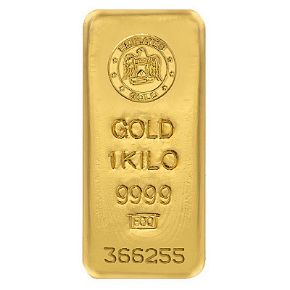
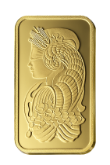
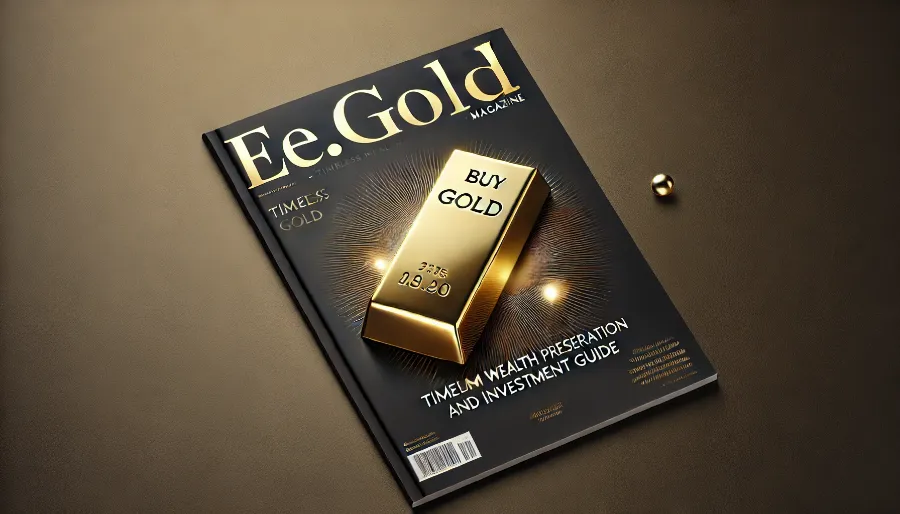
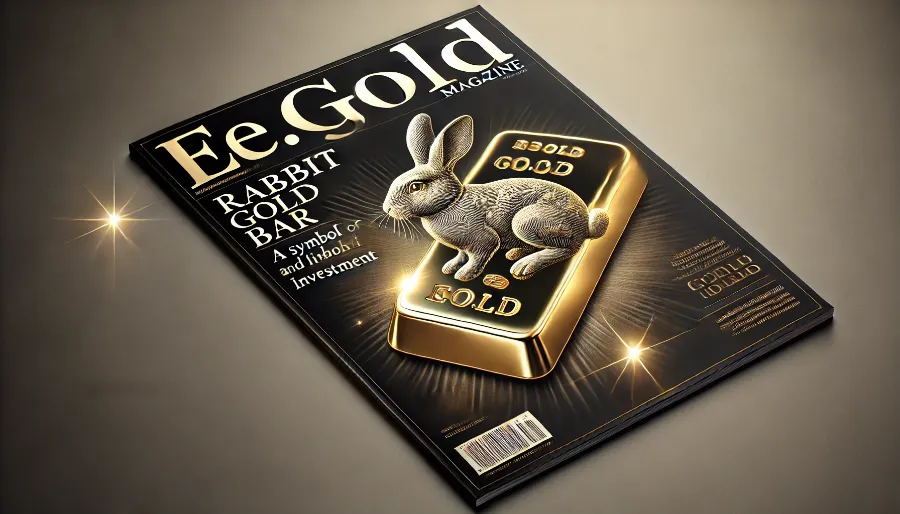
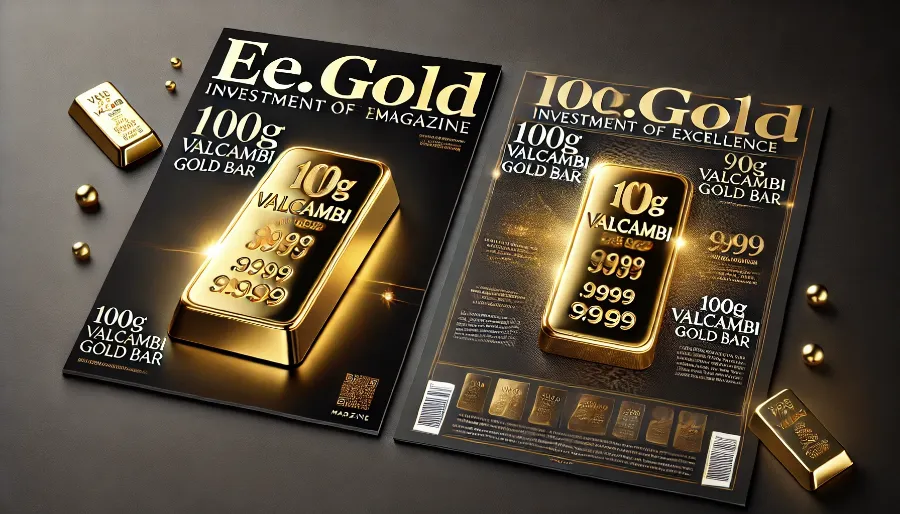



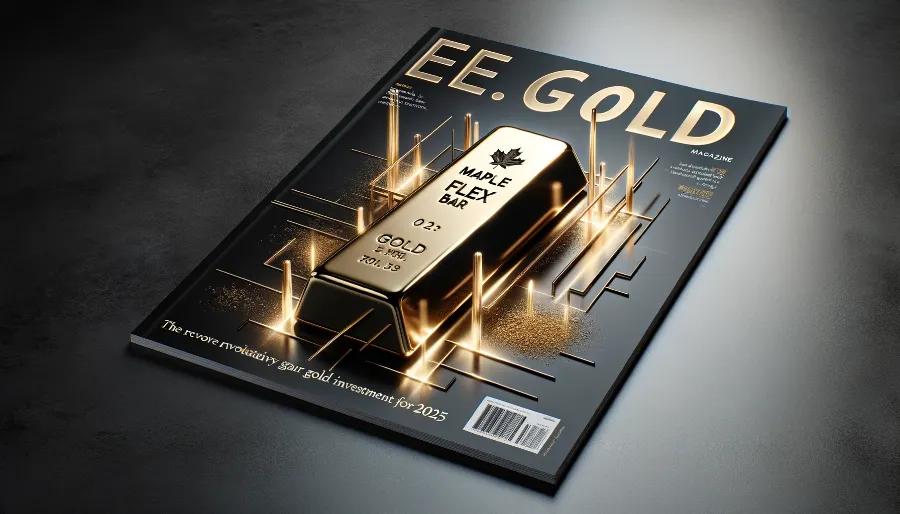
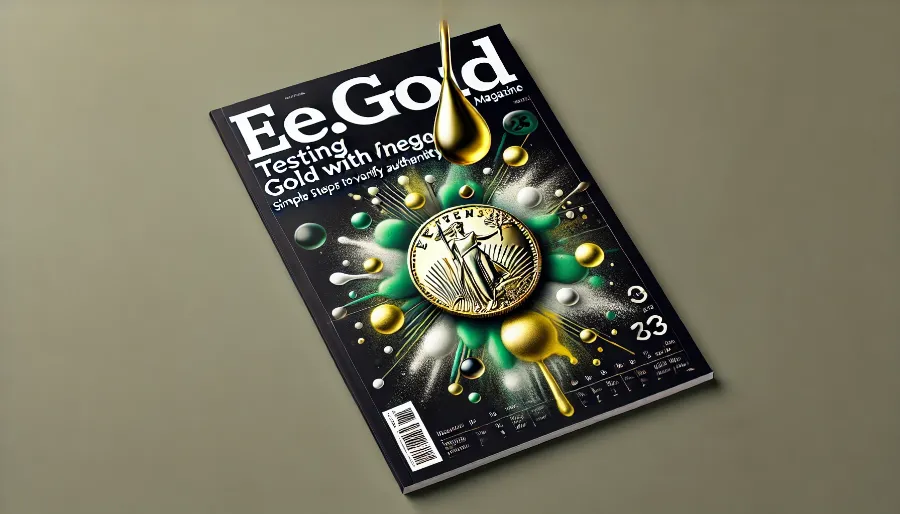









.png)

